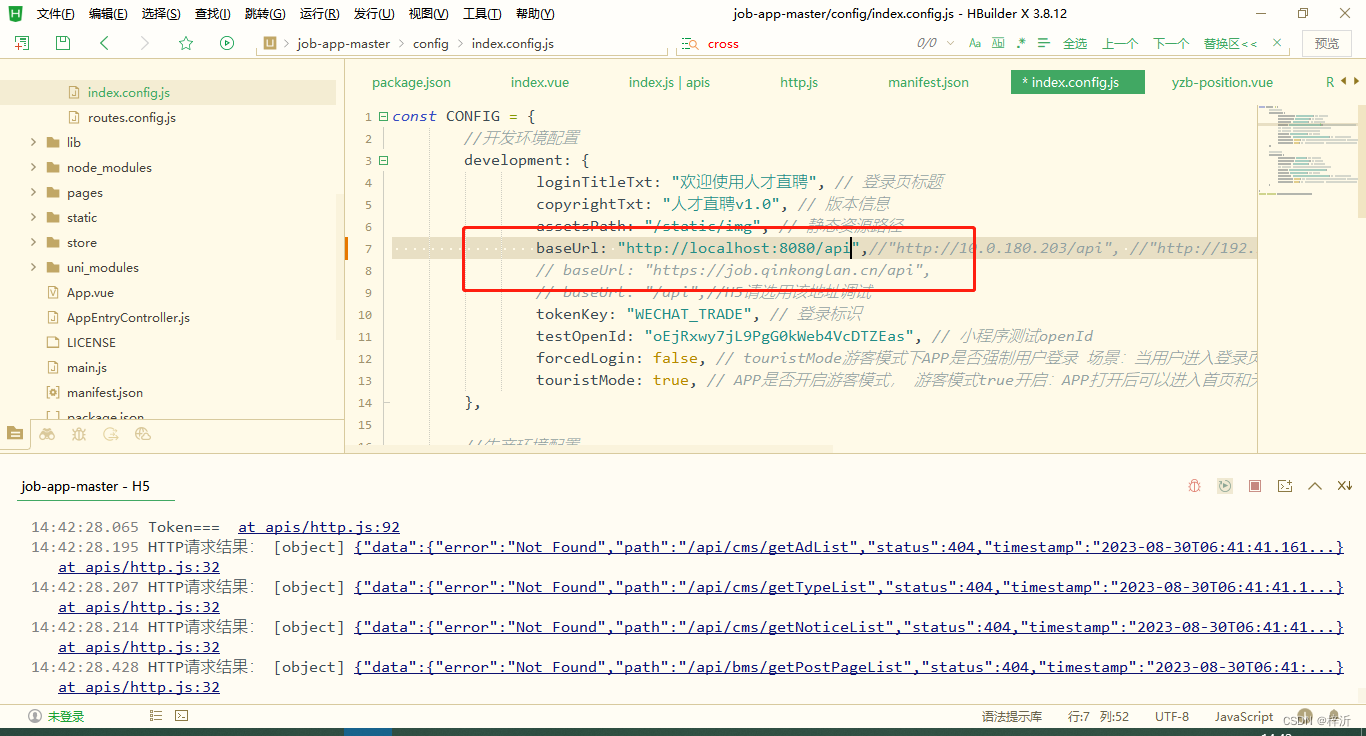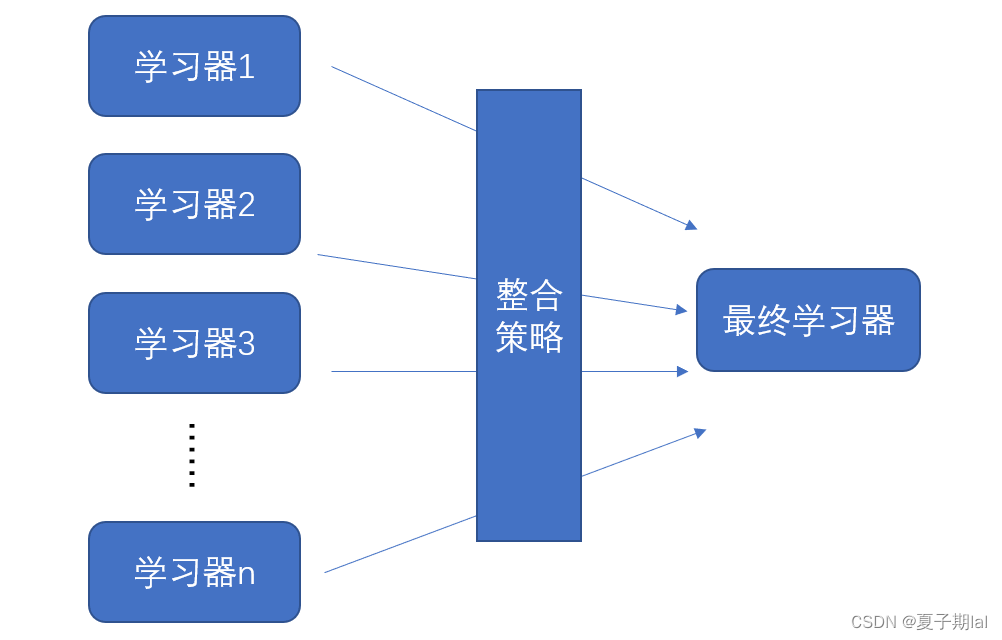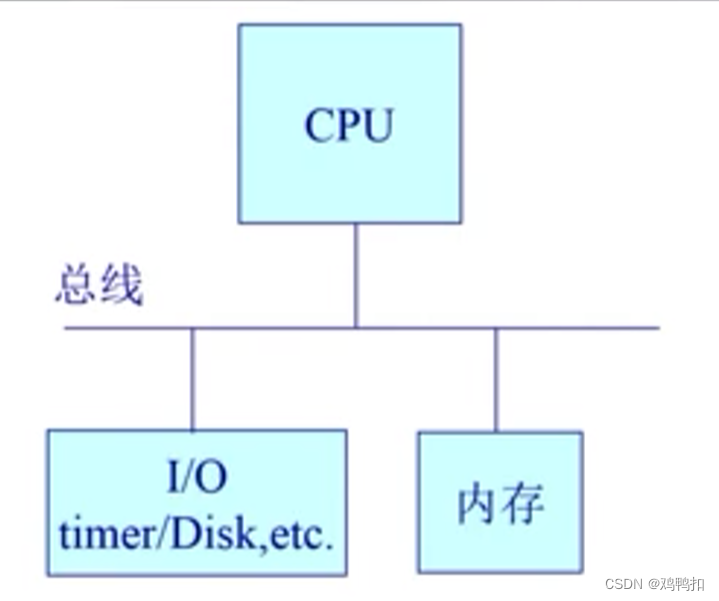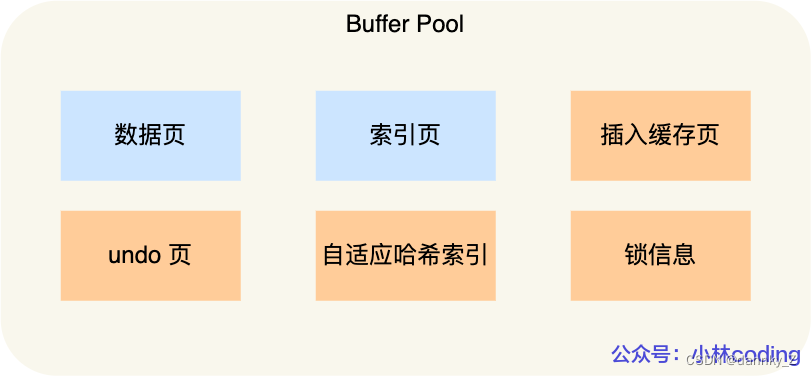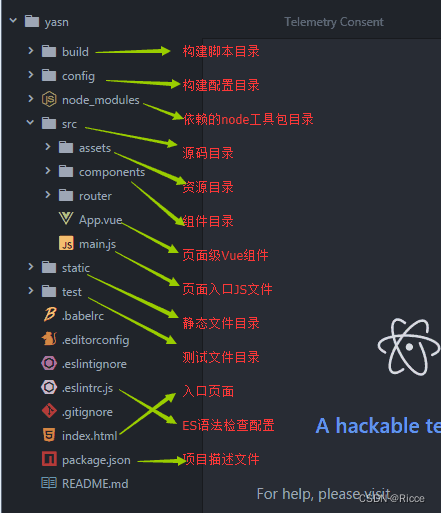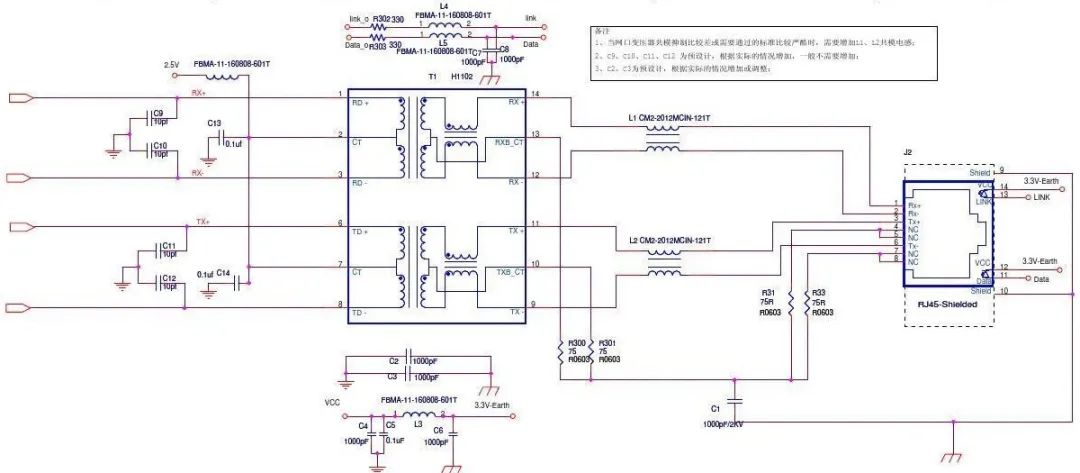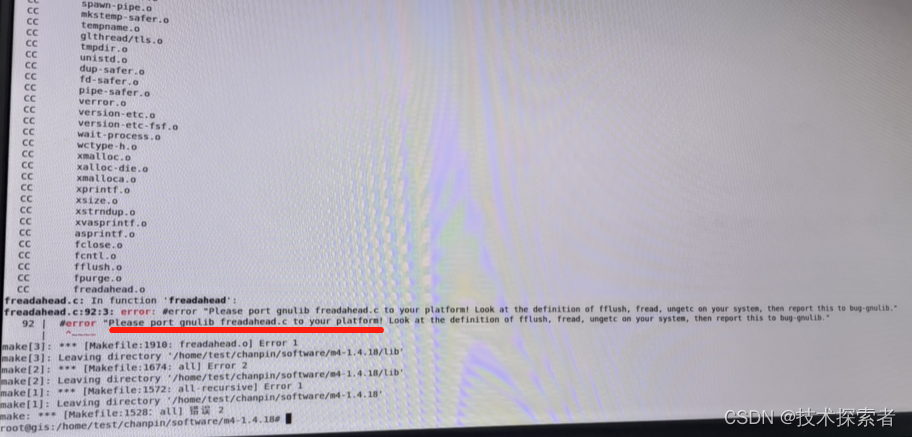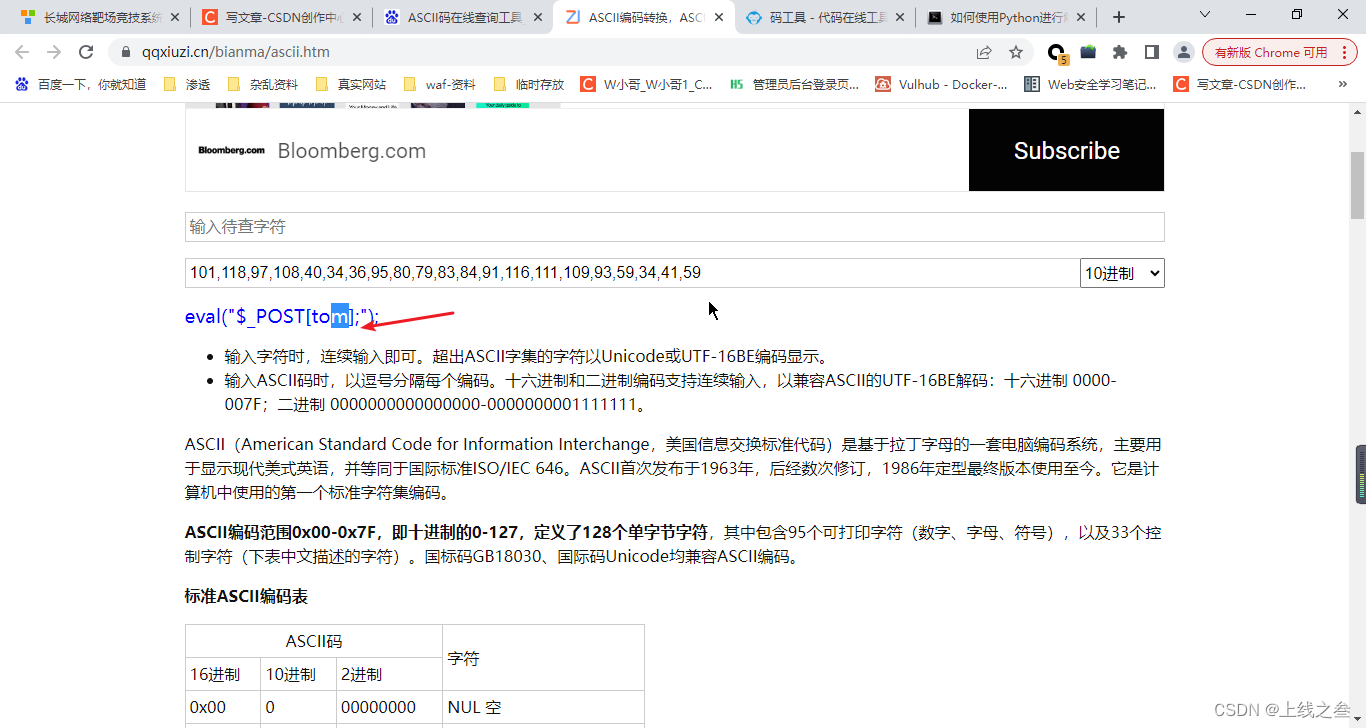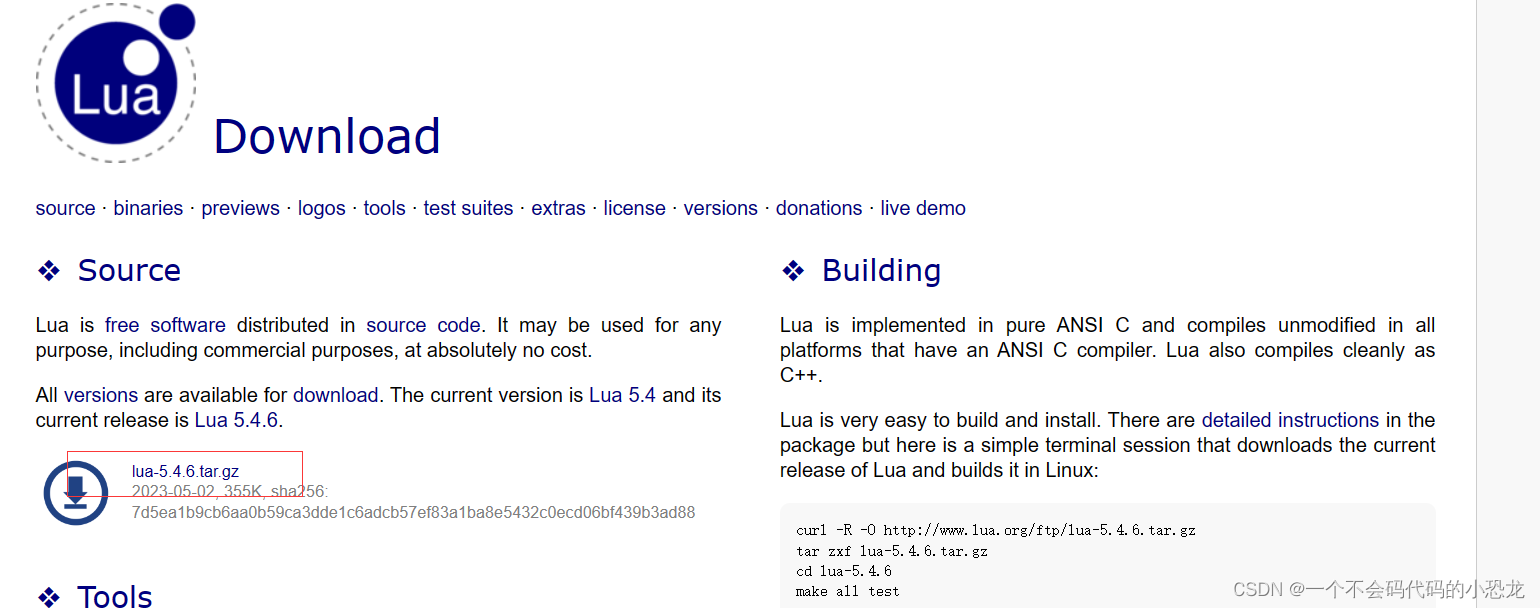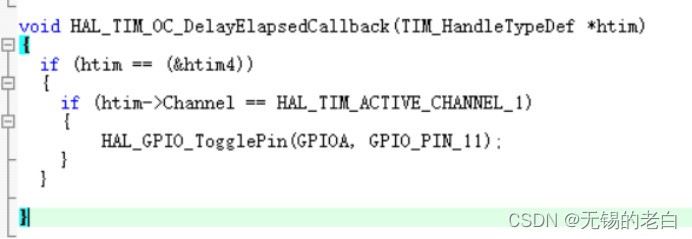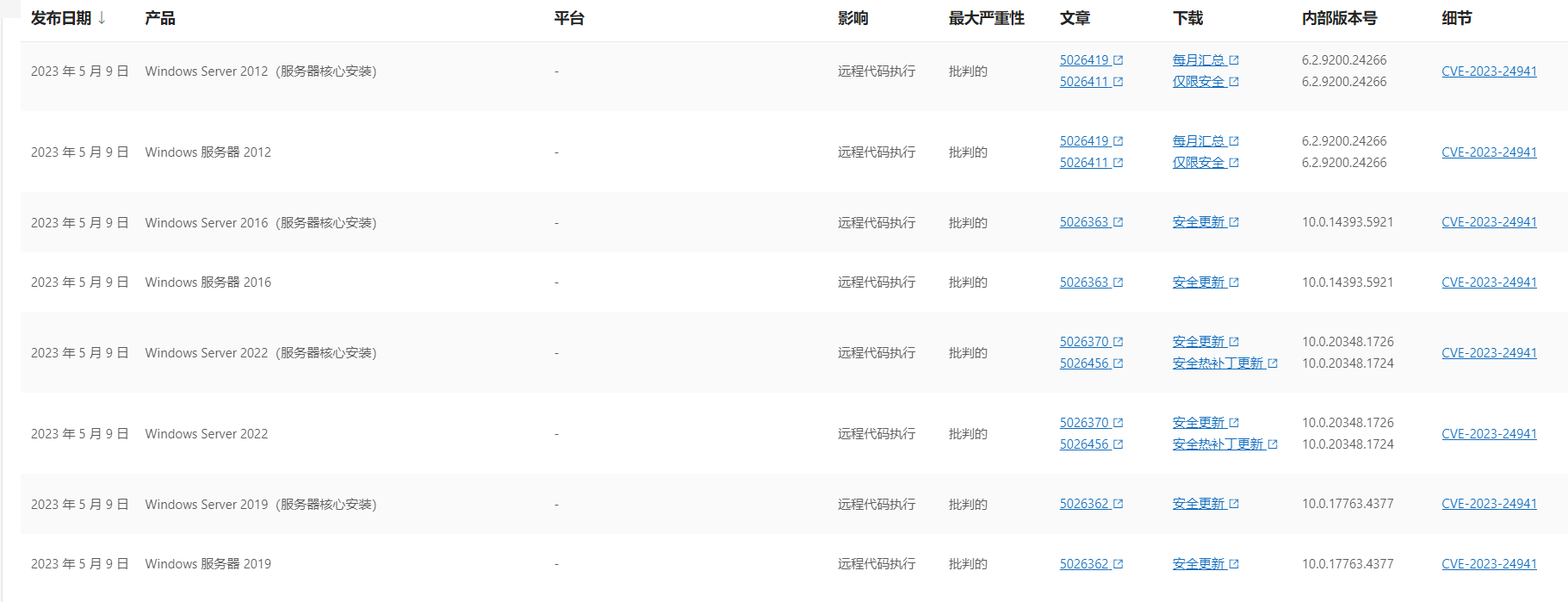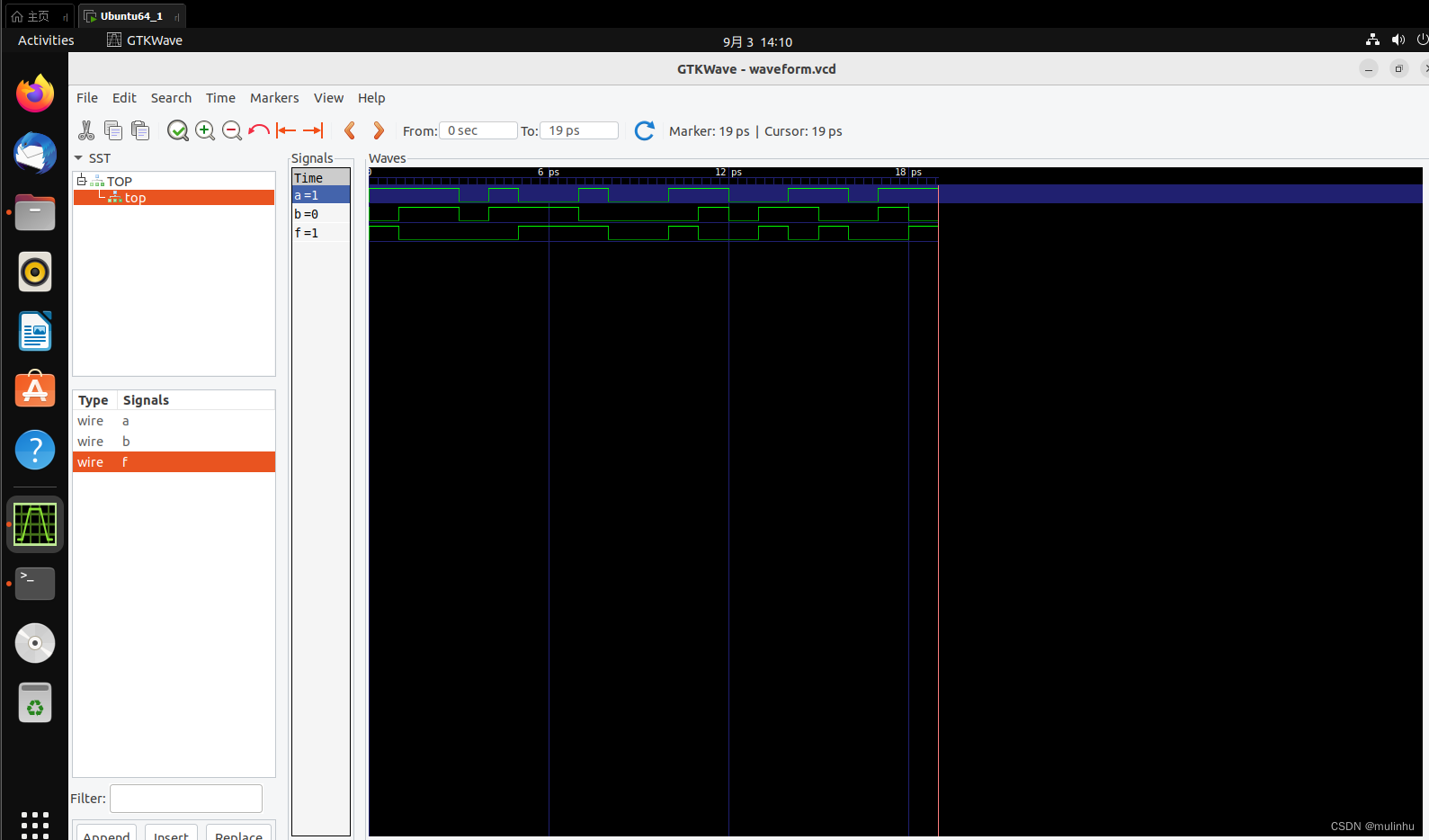栈和队列
- 一、栈
- 1.1栈的概念及结构
- 1.2栈的实现
- 二、队列
- 2.1队列的概念及结构
- 2.2队列的实现
一、栈
1.1栈的概念及结构
- 栈:一种特殊的线性表,其只允许在固定的一端进行插入和删除元素操作。进行数据插入和数据删除的一端称为栈顶,另一端称为栈顶。 栈中的数据元素遵循后进先出的原则,简称LIFO(Last In First Out)。
- 压栈:栈的插入操作叫做进栈/压栈/入栈,入数据在栈顶。
- 出栈:栈的删除操作叫做出栈。出数据也在栈顶。
示意图:

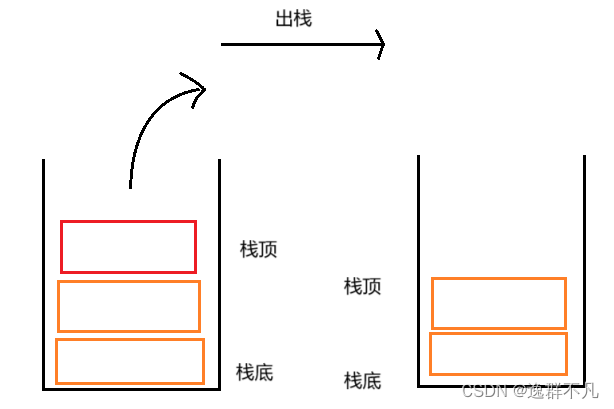
1.2栈的实现
栈的实现一般可以使用数组或者链表实现,相对而言数组的结构实现更优一些。因为数组在尾上插入数据的代价比较小。
两者实现的连续区别:数组栈在空间上是连续的,而链表栈在空间上是不连续的,在逻辑上是连续的。当然不管栈用什么实现,基本上都离不开结构体
区别示意图:
数组栈:

链栈:
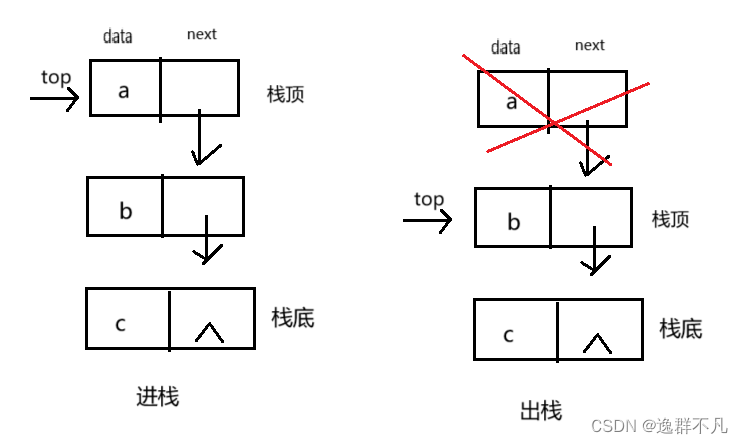
数组栈的增删查改实现,还是分为三大模块,stack.h用来包含头文件及一些给用户看的数据、stack.c程序员用来实现函数的具体内容、test.c测试数组栈
//stack.h
#include <stdio.h>
#include <stdlib.h>
#include <assert.h>
#include <stdbool.h>//此为静态栈的结构,实际中一般不实用
//typedef int STDataType;
//typedef struct Stack
//{
// STDataType a[N];
// int top;
//}Stack;//支持动态增长的栈
typedef int STDataType;
typedef struct Stack
{STDataType *a;int top; //用来表示栈顶int capacity;//用来表示容量
}Stack;//初始化栈
void StackInit(Stack* ps);//入栈
void StackPush(Stack* ps, STDataType data);//出栈
void StackPop(Stack* ps);//获取栈顶元素
STDataType StackTop(Stack* ps);//获取栈中有效元素个数
int StackSize(Stack* ps);//检测栈是否为空,如果为空返回非零结果,如果不为空返回0
bool StackEmpty(Stack* ps);//销毁栈
void StackDestroy(Stack* ps);
//stack.c
#include "Stack.h"//初始化栈
void StackInit(Stack* ps)
{ps->a = NULL;ps->top = 0;ps->capacity = 0;
}//入栈
void StackPush(Stack* ps, STDataType data)
{assert(ps);if (ps->top == ps->capacity){ps->capacity = ps->capacity == 0 ? 4 : 2 * ps->capacity;STDataType* tmp = (STDataType*)realloc(ps->a, sizeof(STDataType) * ps->capacity);if (tmp == NULL){perror("realloc fail");exit(-1);}ps->a = tmp;}ps->a[ps->top] = data;ps->top++;
}//出栈
void StackPop(Stack* ps)
{assert(ps->top > 0);ps->top--;
}//获取栈顶元素
STDataType StackTop(Stack* ps)
{assert(ps->top > 0);return ps->a[ps->top-1];
}//获取栈中有效元素个数
int StackSize(Stack* ps)
{assert(ps);return ps->top;
}//检测栈是否为空,如果为空返回非零结果,如果不为空返回0
bool StackEmpty(Stack* ps)
{assert(ps);return ps->top == 0;
}//销毁栈
void StackDestroy(Stack* ps)
{assert(ps);free(ps->a);ps->a = NULL;ps->top = 0;ps->capacity = 0;
}
//test.c
//这里是一些测试数据
#include "Stack.h"
#include "Queue.h"void Stacktest()
{Stack s;Stack* st = &s;StackInit(st);StackPush(st, 1);StackPush(st, 2);StackPush(st, 3);StackPush(st, 4);StackPush(st, 5);while (!StackEmpty(st)){printf("%d->", StackTop(st));StackPop(st);}printf("\n");StackDestroy(st);
}
int main()
{Stacktest();return 0;
}
测试结果:

二、队列
2.1队列的概念及结构
队列:只允许一端进行插入数据操作,在另一端进行删除数据操作的特殊性线性表,队列具有先进先出FIFO(First In First Out)入队列:进行插入操作的一端称为队尾出队列:进行删除操作的一端成为队头
示意图:

2.2队列的实现
队列当然也可以用数组和链表的结构实现,使用链栈的结构实现要更优一些,因为链式结构在出队列的时候的效率要比数组高,链式结构只要用两个指针可以控制队头队尾,而数组结构在出队头数据的时候无法确定头,需要更多的变量来记录头,效率大大降低
示意图:

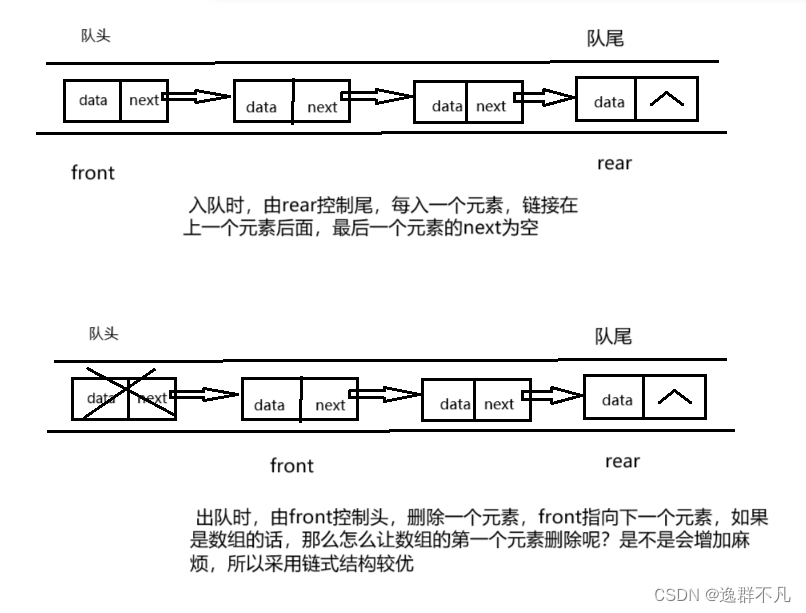
以上为图的形象表示,接下来,我们进行代码来实现此结构,一样分为三个部分,Queue.h,Queue.c,test.c
//Queue.h
#include <stdio.h>
#include <stdlib.h>
#include <assert.h>
#include <stdbool.h>typedef int QDataType;
typedef struct QListNode
{struct QListNode* next;QDataType data;
}QNode;//队列的结构
typedef struct Queue
{QNode* front;QNode* rear;
}Queue;//初始化队列
void QueueInit(Queue* q);//队尾入队列
void QueuePush(Queue* q, QDataType data);//对头出队列
void QueuePop(Queue* q);//获取队列头部元素
QDataType QueueFront(Queue* q);//获取队尾元素
QDataType QueueBack(Queue* q);//获取队列中有效元素个数
int QueueSize(Queue* q);//检测队列是否为空,如果为空返回真,如果非空返回假
bool QueueEmpty(Queue* q);//销毁队列
void QueueDestroy(Queue* q);
//Queue.c
#include "Queue.h"//初始化队列
void QueueInit(Queue* q)
{q->front = NULL;q->rear = NULL;
}//队尾入队列
void QueuePush(Queue* q, QDataType data)
{assert(q);QNode* newnode = (QNode*)malloc(sizeof(QNode));if (newnode == NULL){perror("malloc fail");exit(-1);}if (q->front == NULL){q->rear = newnode;q->rear->data = data;q->front = q->rear;q->rear->next = NULL;}else{q->rear->next = newnode;q->rear = newnode;q->rear->data = data;q->rear->next = NULL;}}//队头出队列
void QueuePop(Queue* q)
{assert(q);assert(q->front);QNode* pnext = q->front->next;free(q->front);q->front = pnext;
}//获取队列头部元素
QDataType QueueFront(Queue* q)
{assert(q);assert(q->front);return q->front->data;
}//获取队尾元素
QDataType QueueBack(Queue* q)
{assert(q);assert(q->rear);return q->rear->data;
}//获取队列中有效元素个数
int QueueSize(Queue* q)
{assert(q);assert(q->front);QNode* num = q->front;int size = 0;while (num){size++;num = num->next;}return size;
}//检测队列是否为空,如果为空返回非零结果,如果非空返回0
bool QueueEmpty(Queue* q)
{assert(q);return q->front == NULL;
}//销毁队列
void QueueDestroy(Queue* q)
{assert(q);assert(q->front);while (q->front){QueuePop(q);}q->rear = NULL;
}
#include "Queue.h"void Queuetest()
{Queue queue;Queue* q = &queue;QueueInit(q);QueuePush(q, 1);QueuePush(q, 2);QueuePush(q, 3);QueuePush(q, 4);QueuePush(q, 5);while (!QueueEmpty(q)){printf("%d->", q->front->data);QueuePop(q);}
}int main()
{Queuetest();return 0;
}
测试结果:


